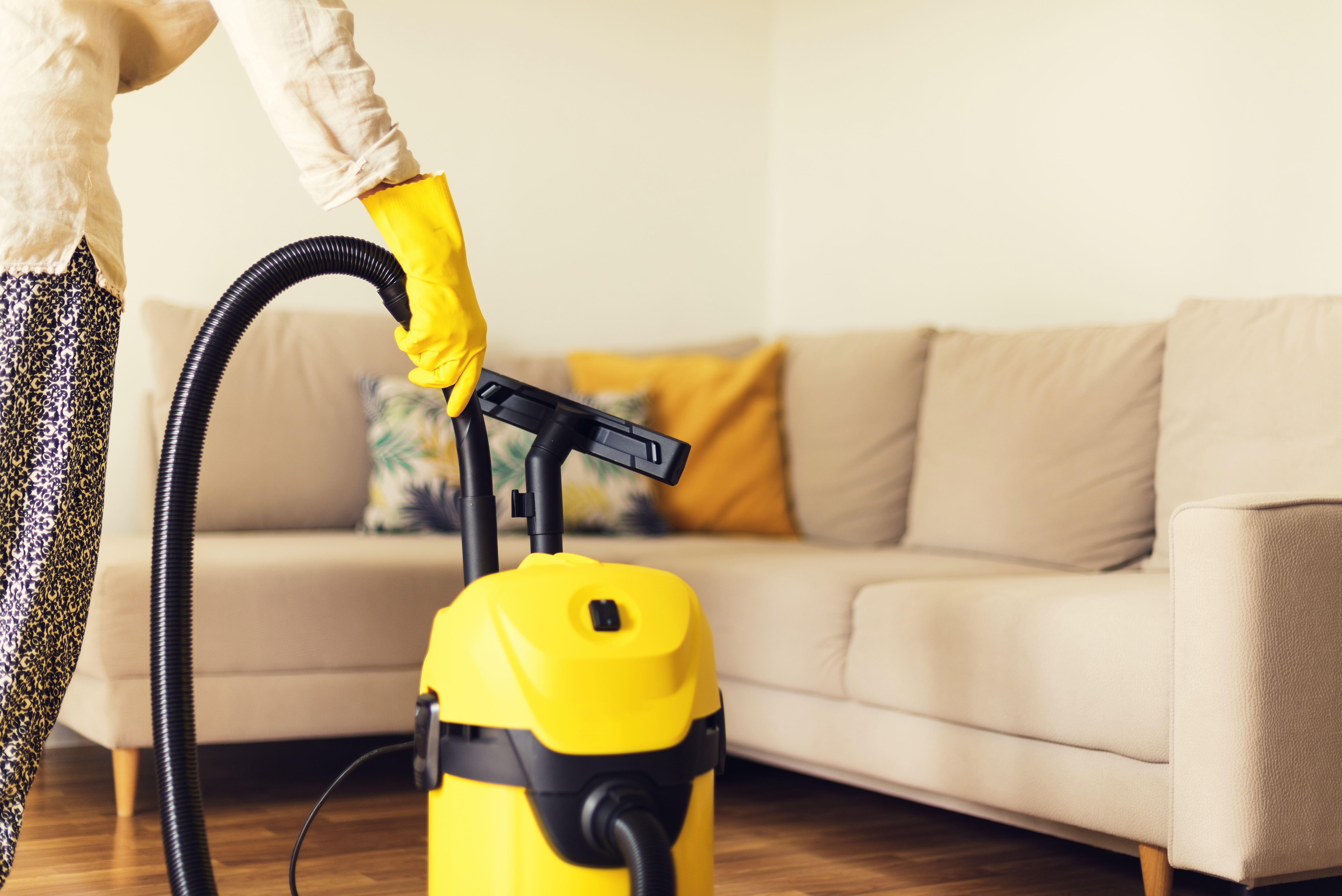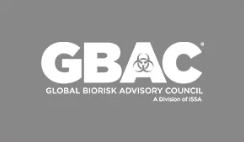Guide to Forensic Soft Surface Cleaning
When it comes to disinfecting and sanitizing hard surfaces, there are many chemicals and cleaners that will do the job. On the other hand, soft surfaces can be damaged and irreparable if the same chemicals are used on them. Here are some tips on forensic soft surface cleaning. 
Eight different fibers make up most soft surfaces, and each of them interacts differently with chemicals. Those interactions can damage the fabric, remove color.
Nylon
Leather
Polyester
Acrylic
Olefin
Rayon
Wool
Cotton
Tools
There are a few things that you will need to clean your soft surfaces.
White cloth and a white towel. Using white will stop any color transference during cleaning.
Bowl or bucket of water. Some methods require warm water, and others cold.
Timer. Use your phone timer to prevent damage from leaving chemical mixtures on too long.Professional
Ideally, if you have a stain like blood or other body fluids, it is to call a professional  Forensic Cleaning, Soft Surfaces expert. This will prevent you from making mistakes and damaging your fabrics or your health by mixing chemicals and inhaling the fumes.
Forensic Cleaning, Soft Surfaces expert. This will prevent you from making mistakes and damaging your fabrics or your health by mixing chemicals and inhaling the fumes.
Dishwasher detergent and water
Ideally, you want to remember that soft surfaces can be damaged if they are treated with harsh chemicals. Dishwasher detergent and water is one of the softer methods of getting out tough to remove stains, like blood, for example.
If the stain has already dried, you’re going to need to scrub the surface to remove anything that has gone hard.
It is vital that when doing this, you use a white cloth, as sometimes colored fabrics can transfer on to your other soft surfaces.
Keep blotting the area using one tablespoon of detergent and 2 cups of water.
Depending on the surface that you are cleaning, you can vacuum up the area to help return the fibers to their original shape.
Ammonia
Ammonia is one of the chemicals that you do; it needs to be careful when using it, and you might want to do a test patch first. Using one tablespoon of ammonia and a half cup of lukewarm water, you gently dab the stain until it slowly becomes dry.
You will then use a white towel or white cloth your blot the area using cold water.
You must never use chlorine bleach with ammonia, these harmful fumes are bad for you, and they will damage the soft surface too.
Hydrogen peroxide
To use hydrogen peroxide on dried on or fresh stains, you’re going to apply a minimal amount of hydrogen peroxide onto the stain and let it sit for five minutes.
You will then use a clean towel and dab and blot the surface to absorb as much of the solution and the stain as possible.
You will repeat this until the stain comes out completely.
Salt
Salt and water have been shown to have positive effects on some stains; however, if the measures of salt aren’t correct, the salt can leave a stain on the fabric. Using four tablespoons of salt to a quart of warm water will help to remove many stains.Keep Your Home & Family Safe











